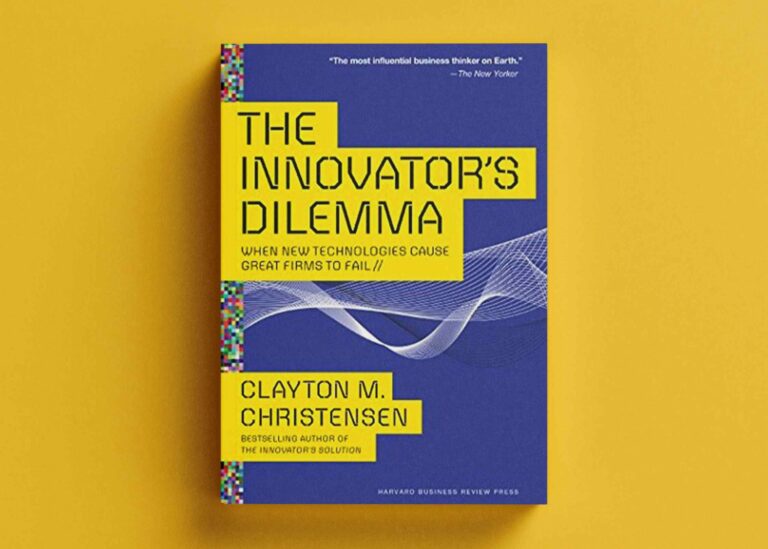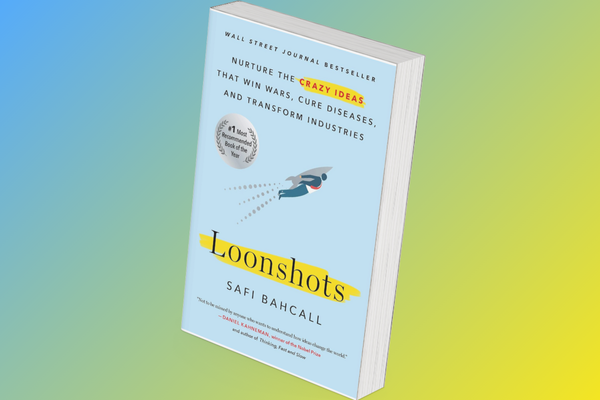Innovation isn’t a lightning strike — it’s an evolutionary system powered by networks, accidents, and persistence.
Innovation Myths and the Hero Fallacy
Every era wants its heroes. We celebrate Edison, Jobs, Musk — individuals who seem to bend the future by force of will. Yet, when we look closer, the myth collapses. Edison’s light bulb relied on a century of prior experimentation in electricity. Jobs’ iPhone emerged from decades of public R&D, from GPS to touchscreens.
The “hero innovator” narrative is seductive but misleading. It suggests innovation is rare, unpredictable, and controlled by exceptional people. In reality, innovation behaves more like evolution — a system of variation, selection, and accumulation. Progress isn’t about lightning bolts of genius, but ecosystems of iteration.
The Evolutionary Model of Progress
Biologists speak of “descent with modification.” In innovation, the same applies: every new idea carries the DNA of many before it.
The printing press evolved from wine presses and movable type. The internet emerged from Cold War communications research and university networks. Even AI breakthroughs today depend on decades of statistical modeling, hardware miniaturization, and open-source collaboration.
In this sense, innovation is cumulative — it grows by recombining what already exists. It’s also decentralized, emerging where many independent actors experiment and connect. And above all, it’s serendipitous: progress happens when unrelated efforts accidentally intersect at the right time.
As Matt Ridley wrote in The Evolution of Everything, “Innovation is not an individual phenomenon but a collective, incremental, and inevitable one.”
The Power of Serendipity and Recombination
Some of the most transformative innovations in history came from happy accidents.
- Penicillin was discovered because Alexander Fleming forgot to clean his petri dishes.
- Post-it Notes came from a failed attempt to make a strong adhesive.
- YouTube began as a dating site, then pivoted when users started uploading random videos.
What links these moments is not luck alone, but openness to unexpected connections. Innovation thrives in environments where ideas circulate freely — universities, cities, digital communities, or well-designed corporate cultures.
Economist Paul Romer called this the “combinatorial engine” of growth: when more ideas mix, more valuable combinations emerge. This is why innovation accelerates in open networks — and stalls in silos.
Why Central Planning Rarely Works
Governments and corporations often try to manage innovation from the top down — building innovation parks, setting “national strategies,” or forcing innovation pipelines. These efforts can fund vital research, but they rarely produce breakthroughs on command.
The history of technology shows that decentralized exploration outperforms planned innovation. The Industrial Revolution didn’t start with a committee; it emerged from thousands of tinkerers, inventors, and artisans sharing tools and ideas across England’s workshops.
Similarly, the digital revolution didn’t begin with a global plan — it began with open protocols, shared curiosity, and the messy chaos of experimentation.
True innovation needs freedom to fail, friction to recombine, and diversity of thought. When systems become too rigid or hierarchical, they lose the creative entropy that makes progress possible.
Lessons for Innovators and Leaders Today
- Create evolutionary environments. Build systems that reward iteration and cross-pollination, not perfection.
- Foster serendipity. Encourage informal collaboration and interdisciplinary exchange. Innovation is born in collisions.
- Value collective intelligence. Empower teams, communities, and ecosystems — not just stars or founders.
- Design for decentralization. Push decision-making and experimentation closer to the edges of your organization.
In other words: stop trying to control innovation — cultivate it.
Looking Ahead
As we enter an era defined by AI, climate tech, and global complexity, the old myths of innovation will fade. The next wave of progress will come not from lone disruptors, but from networked ecosystems that evolve ideas through constant recombination.
History’s lesson is clear: innovation is evolution with intent. Our job is to keep the environment fertile — for ideas to collide, adapt, and grow.
Follow Tomorrowist for more insights on innovation, deep tech, and value creation.






